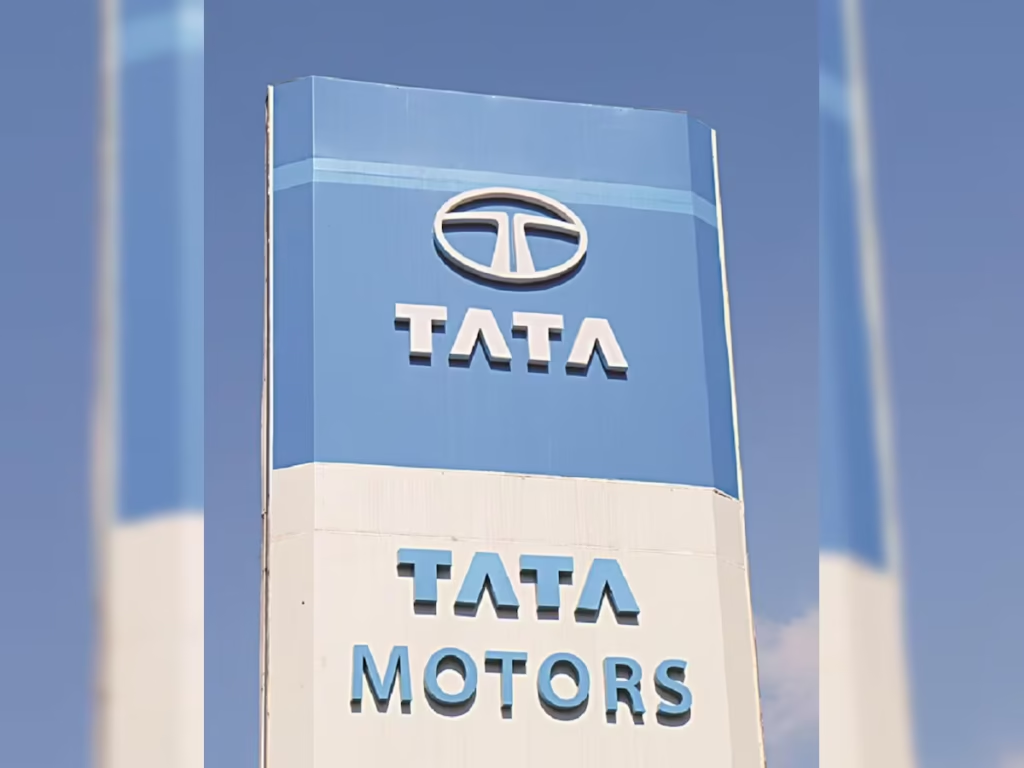
Tata Motors, one of India’s premier automotive giants, has stirred up mixed emotions in the market with its latest Q4 earnings report. While the company’s stock suffered a noticeable decline, there are underlying factors worth keeping an eye on. With a profit slump and stagnant revenues, the question arises: Is this a short-term setback or a deeper issue? And more importantly, what does this mean for investors in the long run?
Q4 Profit and Revenue Performance: A Worrying Trend?
In a surprising turn of events, Tata Motors reported a 51% drop in its Q4 consolidated net profit, down to ₹8,470 crore. While the company’s revenue grew marginally by 0.4% to ₹1,19,503 crore, it clearly missed expectations. For many, this serves as a stark reminder of the economic volatility and challenges that even the most resilient companies face.
Key Takeaways:
- Profit Decline: A steep 51% fall in Q4 net profit is concerning.
- Revenue Growth: A slight 0.4% increase in revenue, though not enough to offset profit decline.
- Weak Operating Performance: EBITDA down 4.1%, with margins dipping to 14%.
The performance downturn is primarily attributed to persistent challenges in the Jaguar Land Rover (JLR) business. Let’s delve deeper into why this luxury division, once the crown jewel, is now under scrutiny.
Jaguar Land Rover (JLR) Facing Market Hurdles
The luxury segment, particularly JLR, has managed to sustain some growth with a 1.1% rise in volume and a 2.4% boost in revenue. This was largely fueled by robust SUV sales across Europe and North America. However, even this success came with its fair share of concerns.
The JLR Conundrum:
- Margins and Profitability: JLR’s EBIT margins rose to 10.7%, a positive sign amidst the global slowdown.
- Rising Global Risks: Analysts are increasingly wary of trade barriers, particularly in China, and the unpredictable future of JLR models.
Despite the modest growth in volumes and revenue, it’s evident that JLR faces mounting challenges in maintaining its profitability due to global headwinds. As the automotive industry braces for increasing competition and regulatory hurdles, will JLR be able to preserve its premium status?
The Domestic Business Struggles: PV and CV Outlook Remains Bleak
In the domestic market, Tata Motors is grappling with pressures on its passenger vehicle (PV) and commercial vehicle (CV) segments. The CV business saw a 5% decline in volumes, and while the export performance was better, the future remains uncertain due to competition from alternative transport solutions.
Impact on Passenger Vehicles (PV):
- Decline in Sales: PV volumes fell by 5%, with revenue dipping 13%.
- Margins at Risk: Margins dropped to 1.6%, fueled by lower demand and lower realizations.
Despite these setbacks, Tata Motors has been able to partially cushion the blow with its electric vehicle (EV) and CNG portfolio, which now makes up 36% of total PV sales.
The Road Ahead: What Are Investors Saying?
While Tata Motors’ recent earnings report may seem grim at first glance, the company is making strides towards mitigating its challenges. Analysts are divided on the company’s future. While some remain optimistic about its ability to stabilize profitability through cost control and an improved product mix, others are more cautious about the mounting risks in both global and domestic markets.
Investor Sentiment:
- Mixed Opinions: Some investors are hopeful about the company’s long-term prospects due to its improving balance sheet and debt-free status, while others are skeptical about its short-term performance.
- Focus on EV Strategy: Tata’s growing push into the electric vehicle market remains a crucial factor that could drive its recovery.
Tata Motors’ debt-free status for its automotive business is a significant milestone, offering some comfort to investors. However, the road to full recovery will depend on how well the company navigates emerging risks, particularly in its core segments like JLR and PVs.
